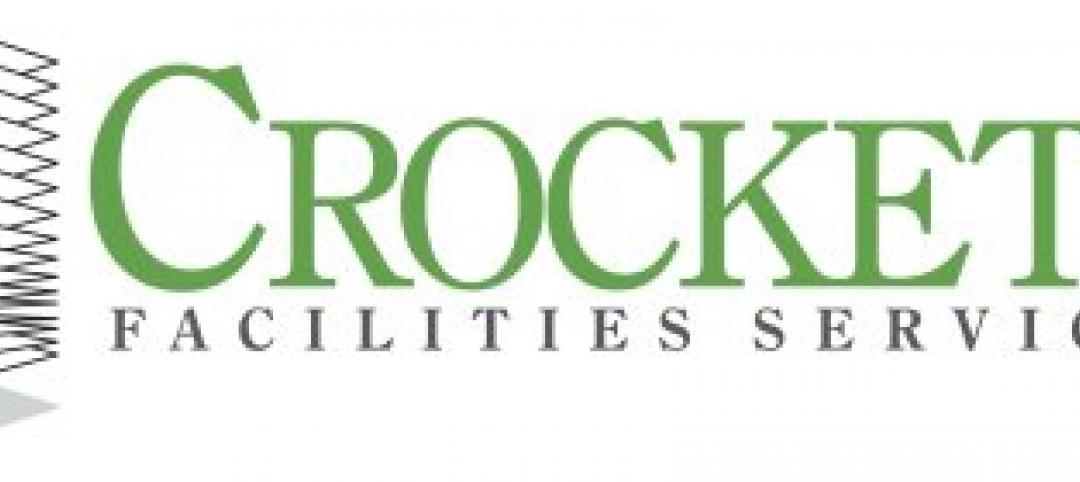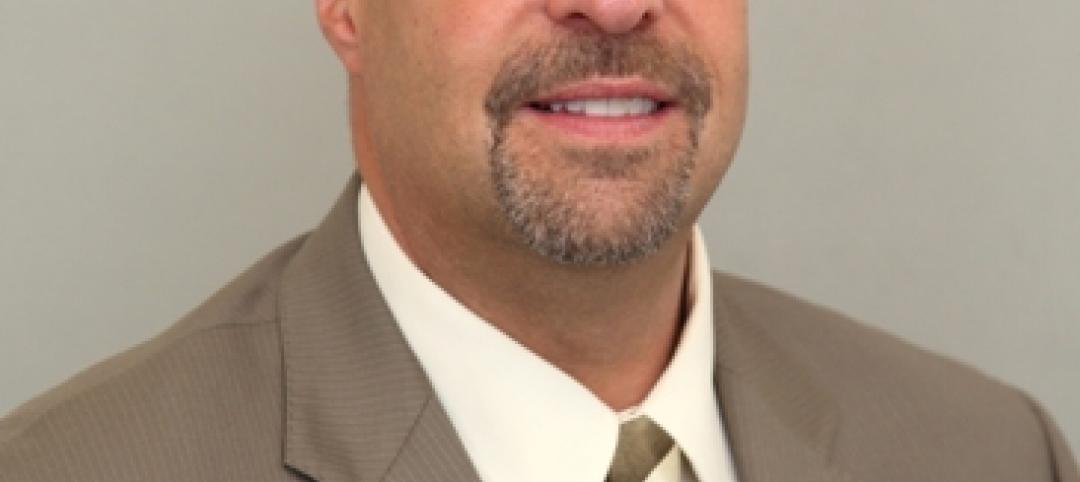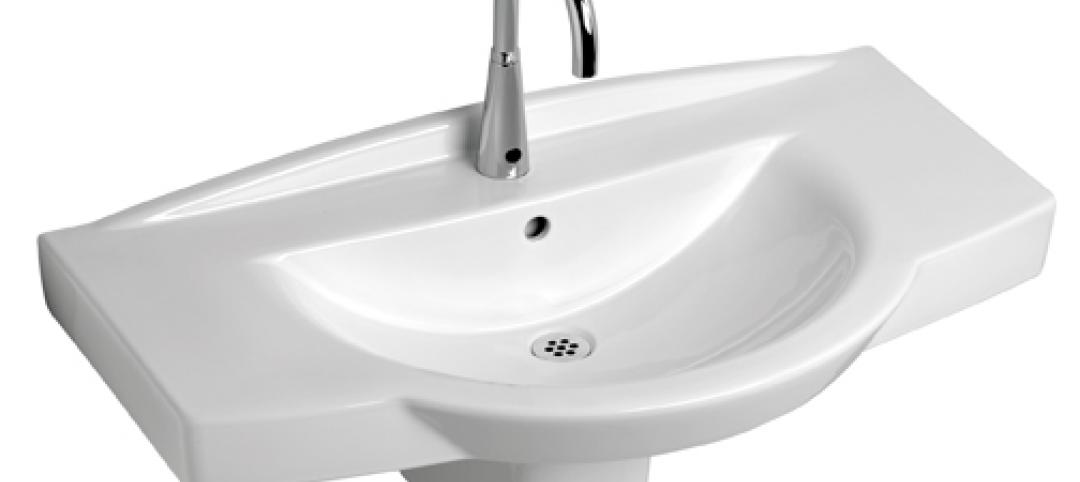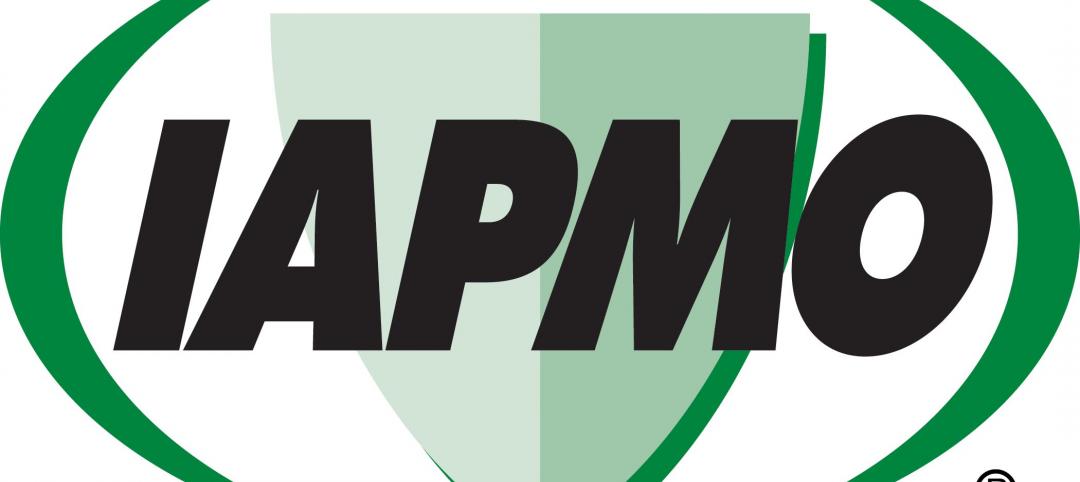Low-smoke halogen-free (LSHF) cables have been on the market for decades, yet there are still many misconceptions about the application and definition of test requirements/methods for these cables.
Generally speaking, traditional halogenated cables, when compared to LSHF cables, produce more toxic and corrosive smoke in the event they are burned.
LSHF cables first originated in the 1970s in Europe and the U.S., and began being used in underground structures by London Underground and North Sea offshore drilling platforms in the 1980s. These cables have traditionally been used in enclosed spaces, such as subway systems, tunnels, submarines, ships, and mines. Today, LSHF cables are also being used for life safety and mission critical applications, including hospitals and data centers.
“Traditionally, where LSHF cables are used, the application of these cables were in enclosed spaces,” says Robert Bellassai, senior staff engineer at certification company UL. “So, if you had a space that was not exposed to or installed in outside air, that’s where these cables would be used. But the use of LSHF cables is rapidly expanding.”
Wire and cables, which are essential to any building, structure, or product, generally consist of insulated copper conductors or buffered/unbuffered optical fibers, and are covered by a protective outer jacket. Cables may also contain other polymetric materials, such as fillers, tapes/wraps (e.g., PET, fiberglass, polyester, etc.), ripcords, shields (e.g., aluminum-PET, copper-PET, etc.), and color concentrates.
In the case of halogenated cables, the polymetric materials of which they are manufactured contain one or more halogenated elements, such as chlorine, bromine, fluorine, iodine, or less likely astatine.
Halogenated elements serve a purpose when used in polymetric materials. In most applications, they are in the form of chlorinated and brominated flame retardants to inhibit flame propagation of the cable when burned. However, the cable will emit smoke that is toxic and corrosive, and that contain higher amounts of carbon monoxide (CO).
One study from the University of Lancashire in the U.K. found evidence that suggests combustion products can be potentially hazardous to people if they cannot easily evacuate from the area. The cables studied contained brominated or chlorinated flame retardants, which produced significantly higher levels of CO gas during combustion.
Additionally, when mixed with water, hydrogen halides form hydrochloric acid, hydrofluoric acid, or hydrobromic acid, which can damage and destroy critical structures, components, and equipment, due to the corrosive nature of the combustion product.
Installing LSHF cables significantly reduces the risk of toxic and corrosive smoke being emitted in case of a fire.
Ideal for subterranean and mission critical applications, such as subway tunnels and data/emergency call centers, LSHF cables can be called other acronyms, such as LSZH, HFFR, LSF, and LS0H. These acronyms have been developed by manufacturers to characterize (self-certify) their products for smoke generation and halogen content.
Each self-certification acronym is associated with industry standards that were not always directly applicable for the characterization of smoke and halogen content. Also, each cable and material manufacturer doesn’t always associate the same standards with the same acronym.
“Low-smoke” refers to the amount of smoke that a complete cable construction produces upon combustion. “Halogen-free” refers to the amount of individual halogen elements that are present in each combustible cable component.
The dangers of not installing LSHF cables are potentially deadly, as evidenced by the Jan. 12, 2015, fire at Washington, D.C. Metro’s L’Enfant Plaza Station.
There, an electrical malfunction caused a fire which filled up the subway tunnels with toxic smoke. In total, 86 people were injured from smoke-related injuries and one person died.
D.C. Metro, and other transit agencies, had been advised by the National Transportation Safety Board in July 2014 to replace and update its cables to better protect them from fires. Metro had been in the process of installing new cables for over a year, but had not yet finished the project when the June 2015 fire broke out.
According to the Washington Post, multiple lawsuits filed by transit riders alleged that Metro created unsafe conditions in the tunnels, in addition to delaying evacuation efforts.
While some suits have been settled out of court, others, including a suit filed by the family of the person who died, are expected to go to trial this fall.
Installing LSHF cables not only protects employees and customers, but they can also increase the value of the structure in which they’re installed.
The U.S. Green Building Council recognizes four levels of LEED certification: Certified (40-49 points), Silver (50-59 points), Gold (60-79 points), and Platinum (80+ points). Having LSHF cables installed counts as points toward certification and can increase the financial value of the property and save owners money in decreased operational costs.
“Certified LEED green buildings are very efficient, resulting in decreased operational costs due to lower utility and maintenance expenses,” says Bellassai.
The high safety standards associated with LSHF cables are environmentally friendly and cost effective.
Additionally, LSHF cables have been proposed to be included in the 2020 version of the National Electrical Code. The proposal, submitted by Mexichem, seeks to add HF and LSHF optional markings so contractors, architects, specifiers, and users can specify HF and LSHF cables. It would give these end users a standards-based Mark brought to you by an independent third-party laboratory such as UL LLC.
If approved by the NFPA for the 2020 NEC, this will give Authorities Having Jurisdiction (AHJ) an easy way to identify HF and LSHF products for applications that would benefit from the reduced toxicity and corrosivity of these cables, and from a trusted third-party independent test laboratory like UL LLC.
Download UL LLC's free white paper on this topic, Clearing Misconceptions About Low-Smoke, Halogen-Free Cables.
Related Stories
| Aug 1, 2012
CFSI ranked among Top 10 Mechanical Contractors in D.C.
Included in the Washington Business Journal list for the second year running.
| Jul 24, 2012
Boyer joins Thornton Tomasetti as vice president in New York office
Boyer will support Thornton Tomasetti’s Building Performance and Property Loss Consulting practices in the East U.S. region as well as nationally.
| Jun 1, 2012
New BD+C University Course on Insulated Metal Panels available
By completing this course, you earn 1.0 HSW/SD AIA Learning Units.
| May 31, 2012
Product Solutions June 2012
Curing agents; commercial faucets; wall-cladding systems.
| May 31, 2012
AIA Course: High-Efficiency Plumbing Systems for Commercial and Institutional Buildings
Earn 1.0 AIA/CES learning units by studying this article and successfully completing the online exam.
| May 29, 2012
Reconstruction Awards Entry Information
Download a PDF of the Entry Information at the bottom of this page.
| May 24, 2012
2012 Reconstruction Awards Entry Form
Download a PDF of the Entry Form at the bottom of this page.
| May 14, 2012
Codes harvest rainwater
IAPMO’s Green Plumbing and Mechanical Code Supplement could make rainwater harvesting systems commonplace by clearly outlining safe installation and maintenance practices.
| Dec 5, 2011
Fraser Brown MacKenna wins Green Gown Award
Working closely with staff at Queen Mary University of London, MEP Engineers Mott MacDonald, Cost Consultants Burnley Wilson Fish and main contractor Charter Construction, we developed a three-fold solution for the sustainable retrofit of the building.
| Dec 2, 2011
What are you waiting for? BD+C's 2012 40 Under 40 nominations are due Friday, Jan. 20
Nominate a colleague, peer, or even yourself. Applications available here.













